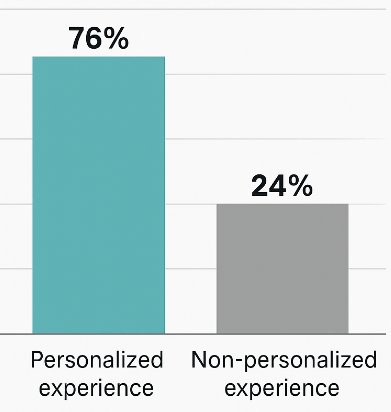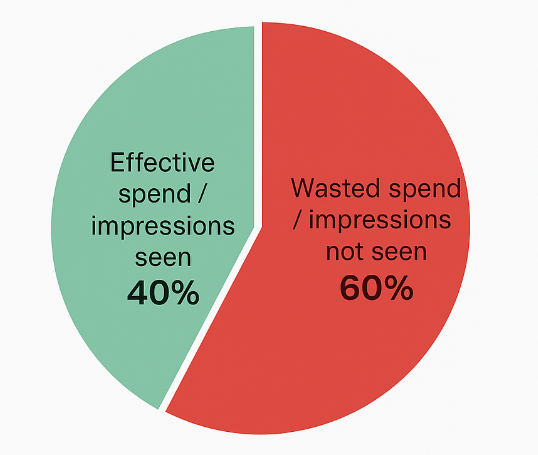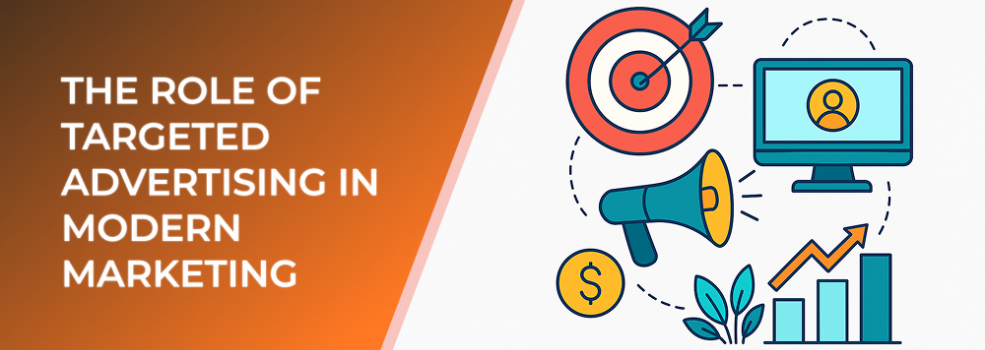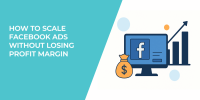Learn why modern marketers rely on data-driven targeting to achieve real results.
In the fast-paced world of digital marketing, one concept stands at the forefront of every successful campaign: targeted advertising. With competition increasing and audiences becoming more fragmented across digital channels, marketers have shifted from broad, one-size-fits-all approaches to personalized, data-backed strategies that focus on relevance and precision.
Understanding Targeted Advertising
Targeted advertising is the practice of delivering promotional messages to specific groups of consumers based on data about their demographics, behaviors, and interests. Instead of pushing ads to everyone, marketers now leverage audience insights to reach the people most likely to engage or convert. This approach ensures higher efficiency, better ROI, and more meaningful customer relationships.
Why Targeting Matters in 2025
The digital landscape has evolved dramatically. Consumers expect personalized experiences at every touchpoint. According to a 2024 report by Statista, 80% of consumers are more likely to make a purchase when brands offer personalized experiences, and 63% of marketers say data-driven personalization significantly improves conversion rates.

Percentage of consumers who are more likely to purchase from brands offering personalised experiences (76%)
Moreover, ad waste remains a persistent challenge. eMarketer found that nearly 40% of digital ad budgets are lost due to poor audience targeting. For marketers, these numbers highlight the critical need for precision—spending smarter, not just bigger.
The Mechanics of Modern Targeting
Advanced targeting relies on data—lots of it. Every interaction, from website visits to social media engagement, generates signals that help advertisers understand user intent. Sophisticated algorithms process this data to segment audiences by:
-
Demographics – age, gender, income, and education level.
-
Behavioral patterns – online activity, purchase history, and browsing behavior.
-
Psychographics – interests, opinions, and lifestyle choices.
With machine learning and predictive analytics, campaigns can automatically adjust and optimize in real time, ensuring that the right message reaches the right audience at the right moment.
Balancing Privacy and Personalization
While personalization enhances relevance, it also raises questions about data privacy. Regulations like the GDPR and CCPA have pushed marketers to become more transparent and ethical in data collection. The future of targeting will depend on balancing personalization with respect for user consent and data security.
The Business Impact

Estimated share of digital marketing spend that is wasted or goes unseen (≈60 %)
Marketers who master targeted advertising are seeing clear results. A recent Adobe survey revealed that companies using advanced audience segmentation achieve up to 73% higher conversion rates compared to those using generic campaigns. Additionally, targeted campaigns reduce customer acquisition costs and improve retention through more relevant interactions.
Looking Ahead
The next wave of innovation will combine AI-driven insights with creative storytelling. As technology continues to evolve, the brands that succeed will be those that understand not just who their audience is—but why they engage.

